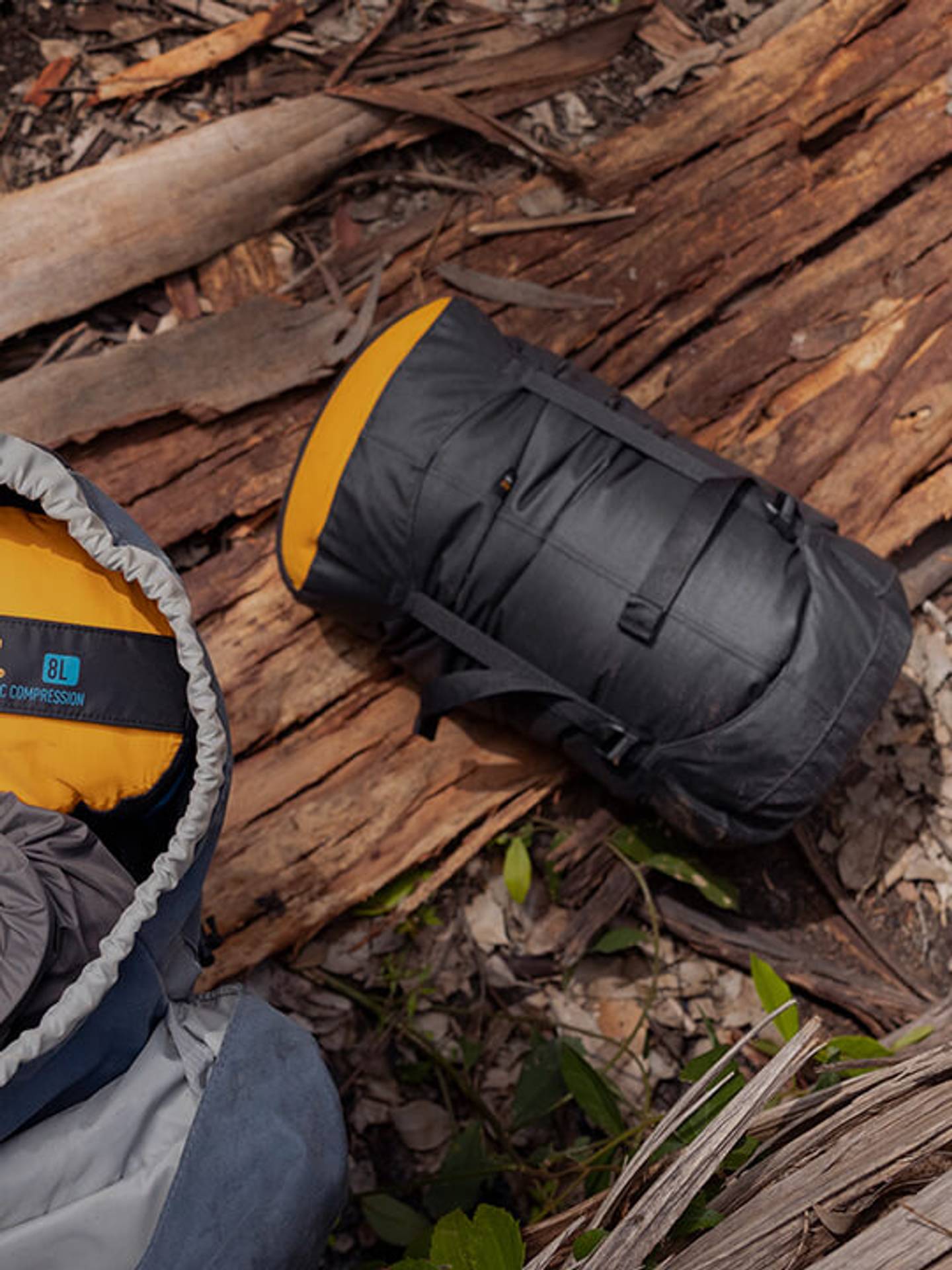Bikepacking Gear
Embark on your next two-wheeled adventure fully equipped with our innovative gear. From ultralight tents, sleeping bags, and quilts to durable sleeping pads and cooking solutions, we have everything you need to conquer the path less travelled.
Compare Products
.jpg?v=1716331003425&options=w_1440)
Pack Light, Cycle FarSaddle Up with Bikepacking Essentials
Looking to conquer the open road on your next adventure? Gear up for self-supported success with our meticulously curated collection of ultralight bikepacking essentials. From award-winning tents like the Telos Bikepacking TR2 to supremely comfortable sleeping pads like the Ether Light XT insulated air sleeping pad, and compact, down-filled sleeping bags like the Spark, we have everything you need to travel light and move fast on multi-day bikepacking trips. All Sea to Summit products are crafted with the highest quality materials and backed by our lifetime guarantee, so you can rest assured your gear will go the distance, wherever your two-wheeled adventures take you.


















































